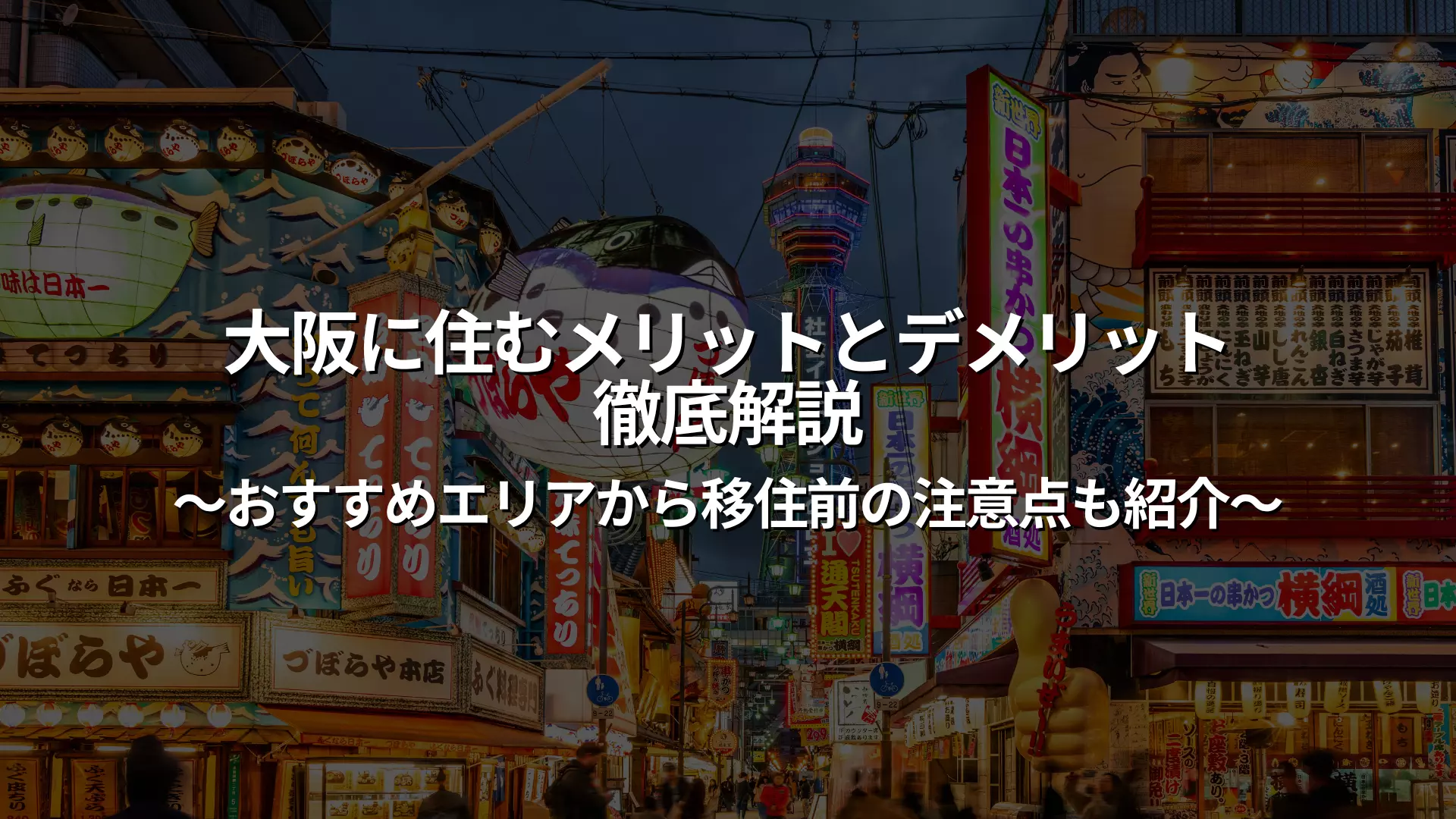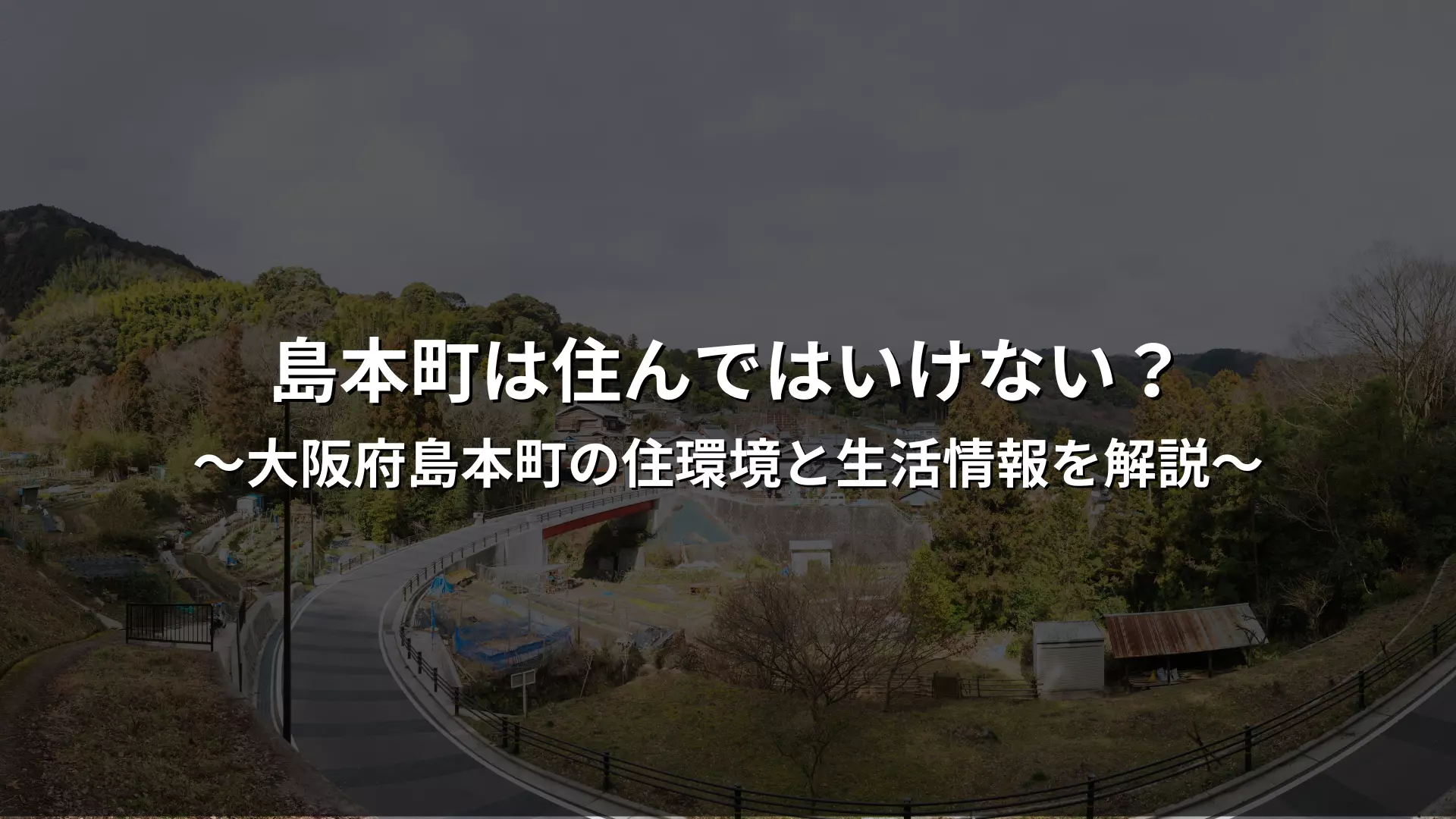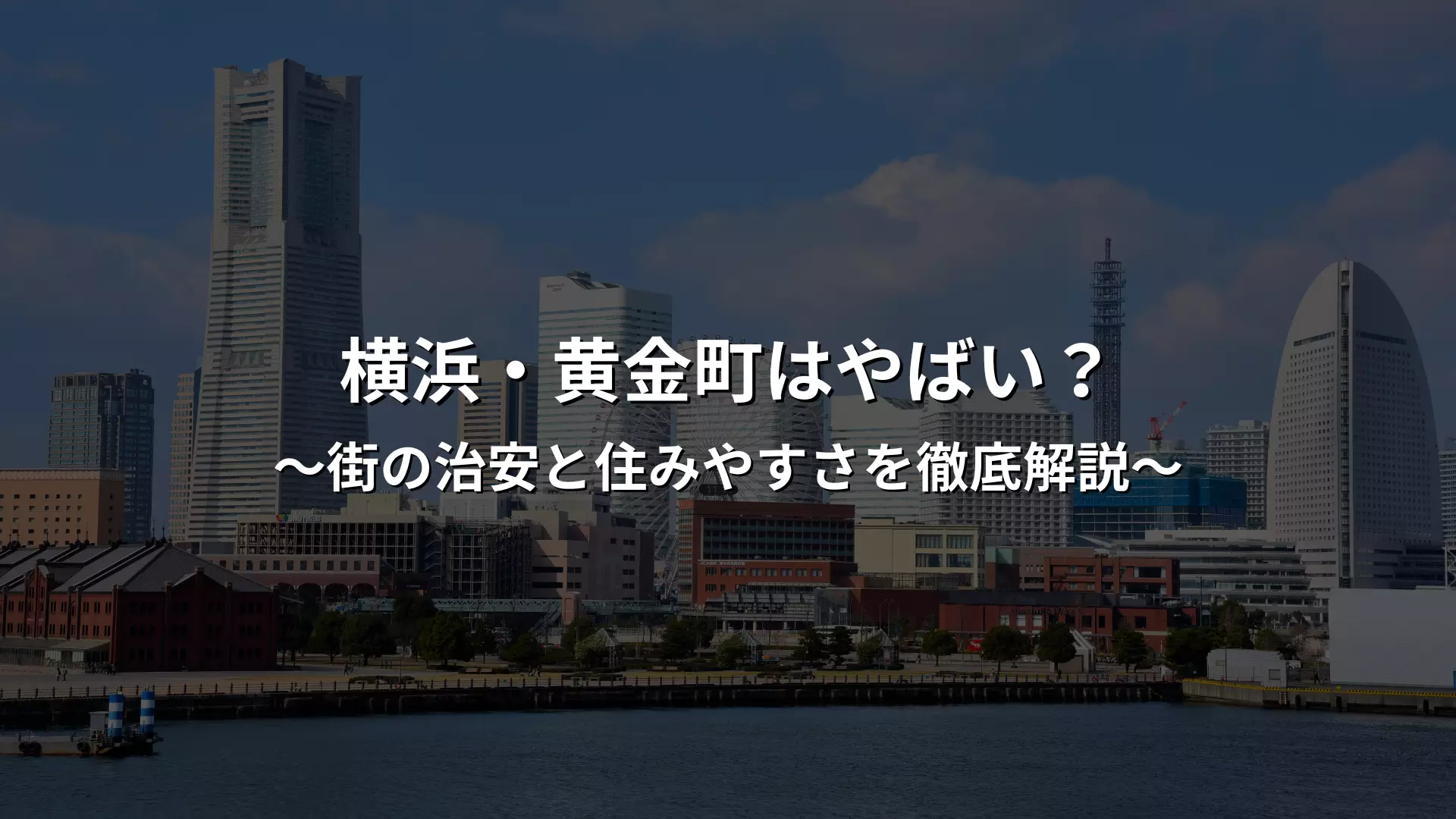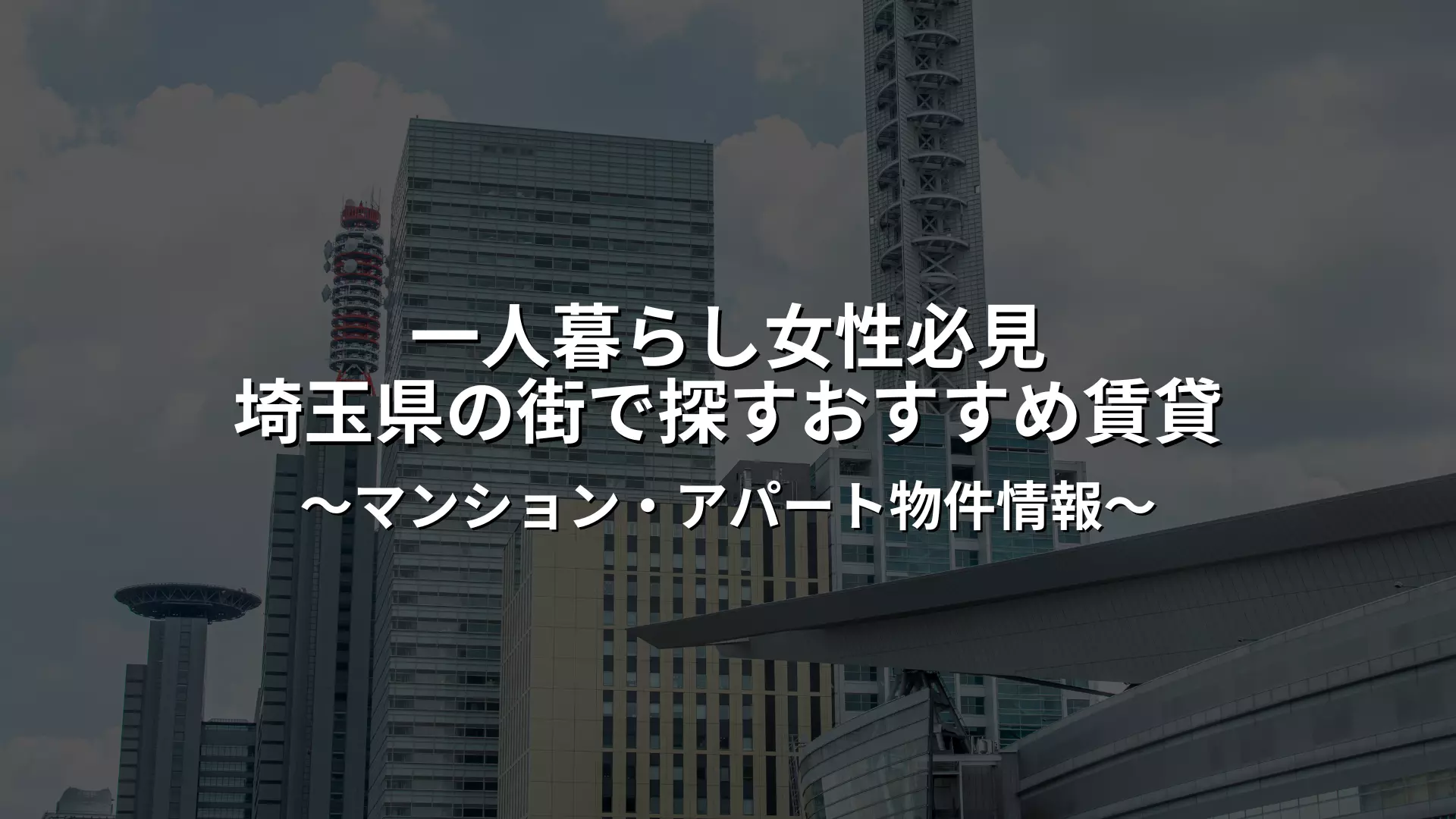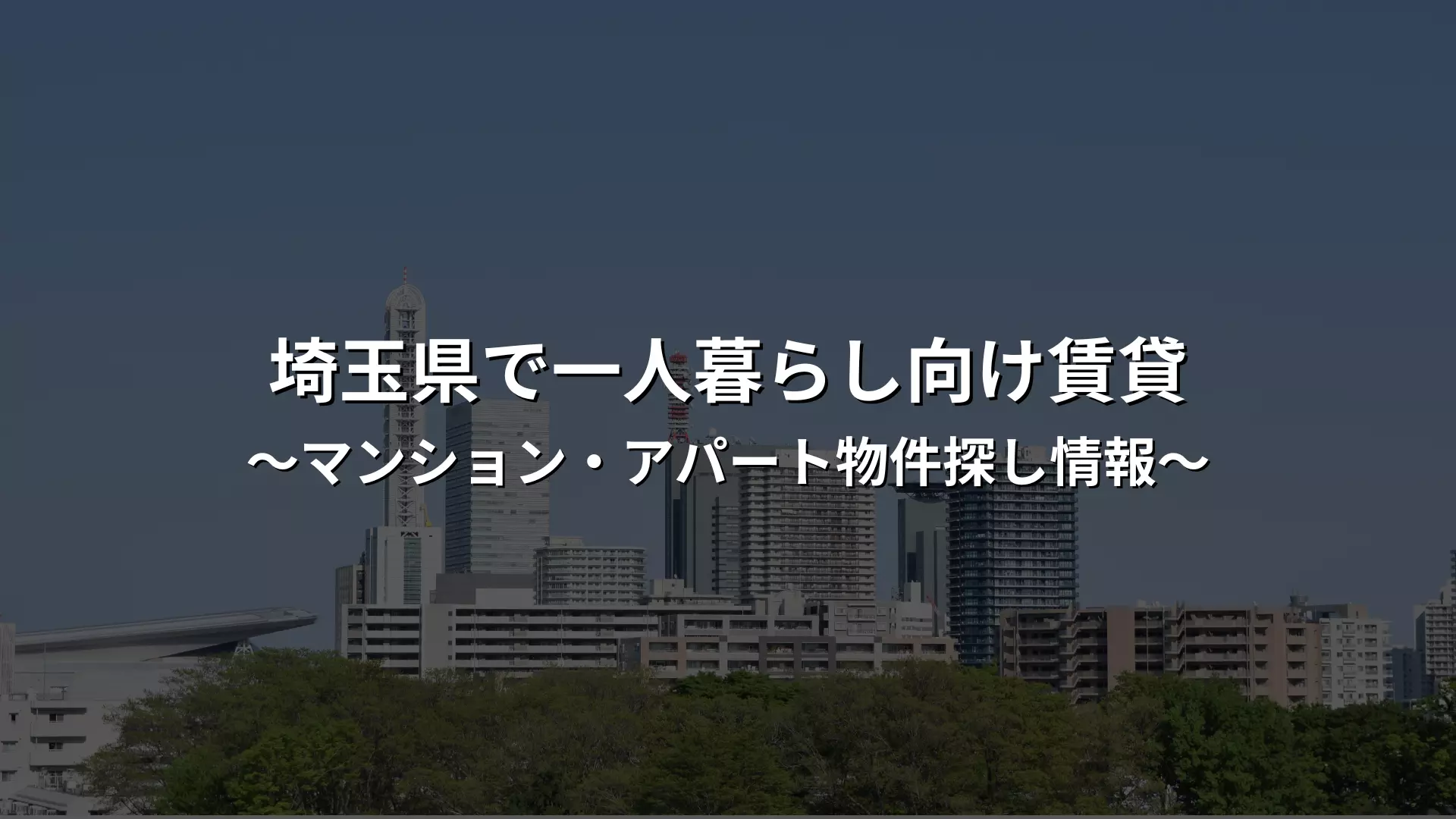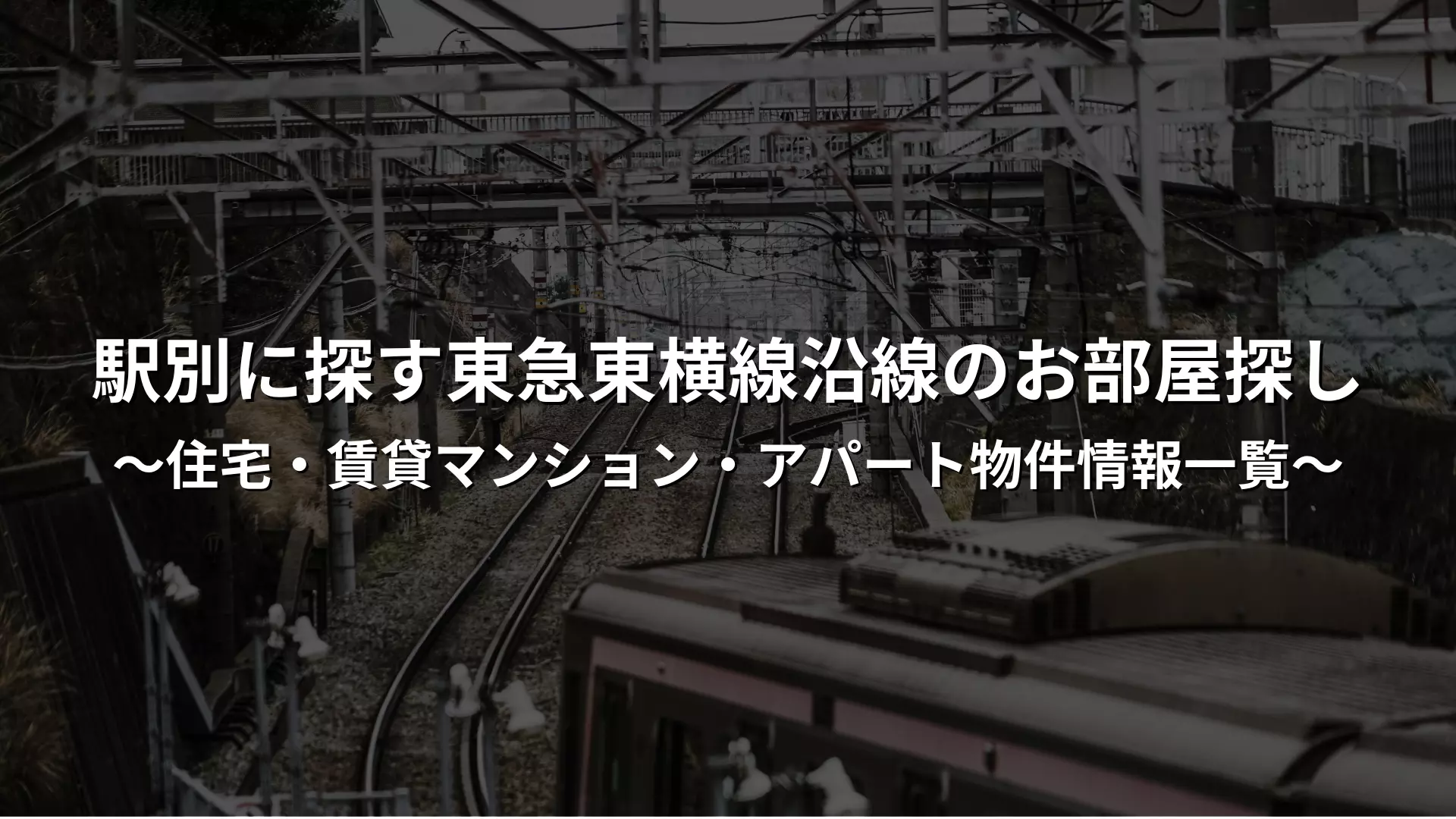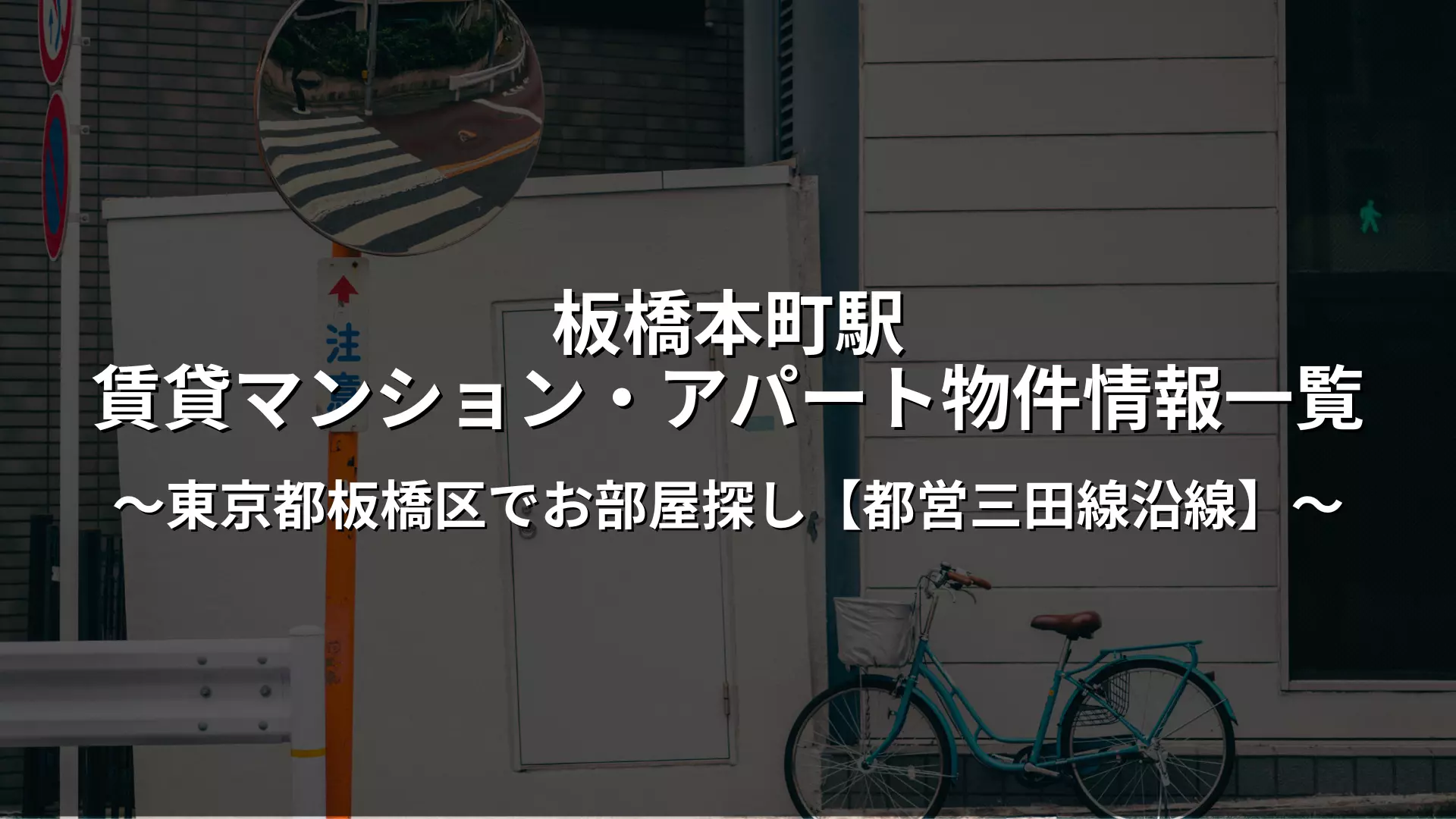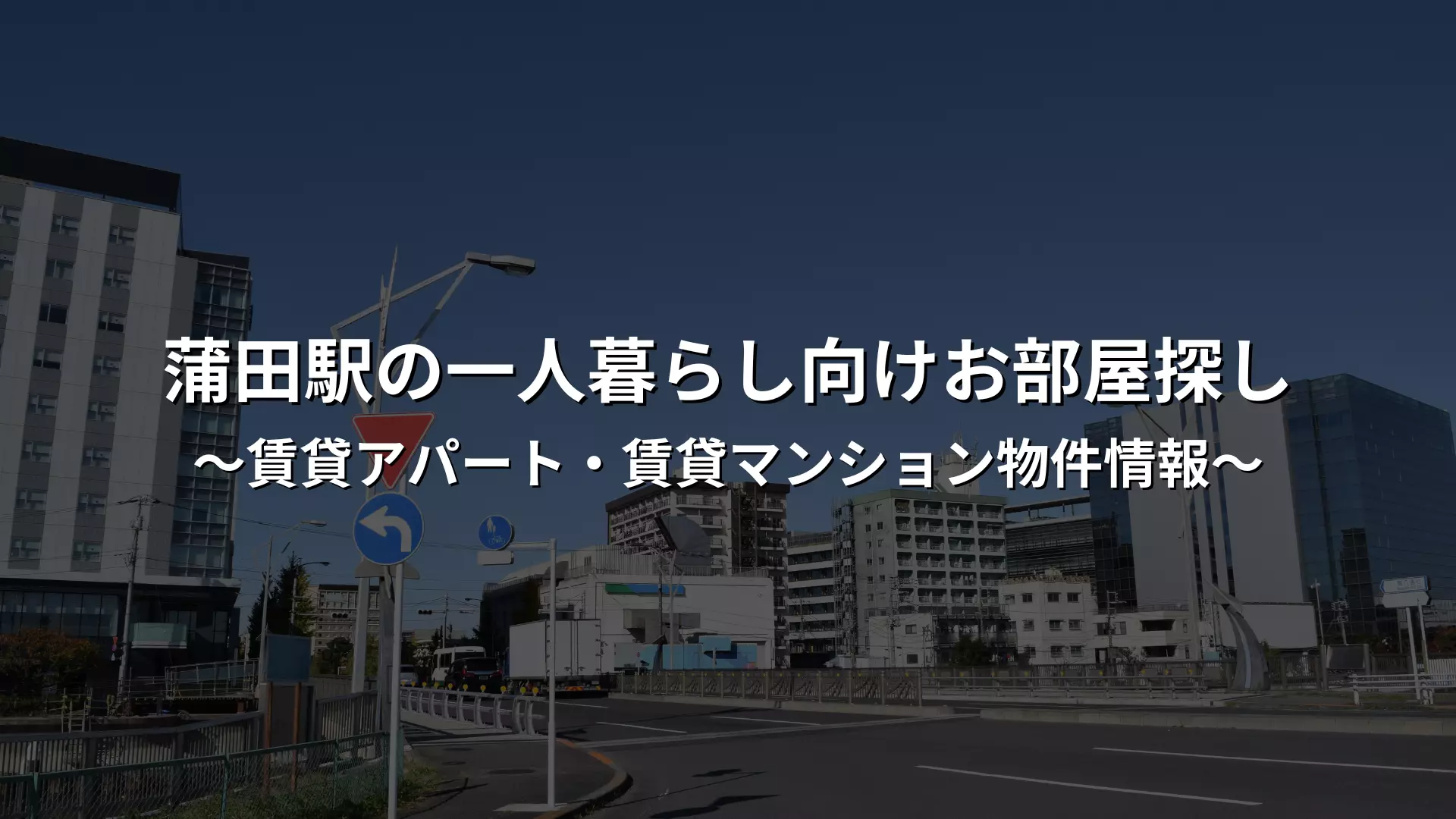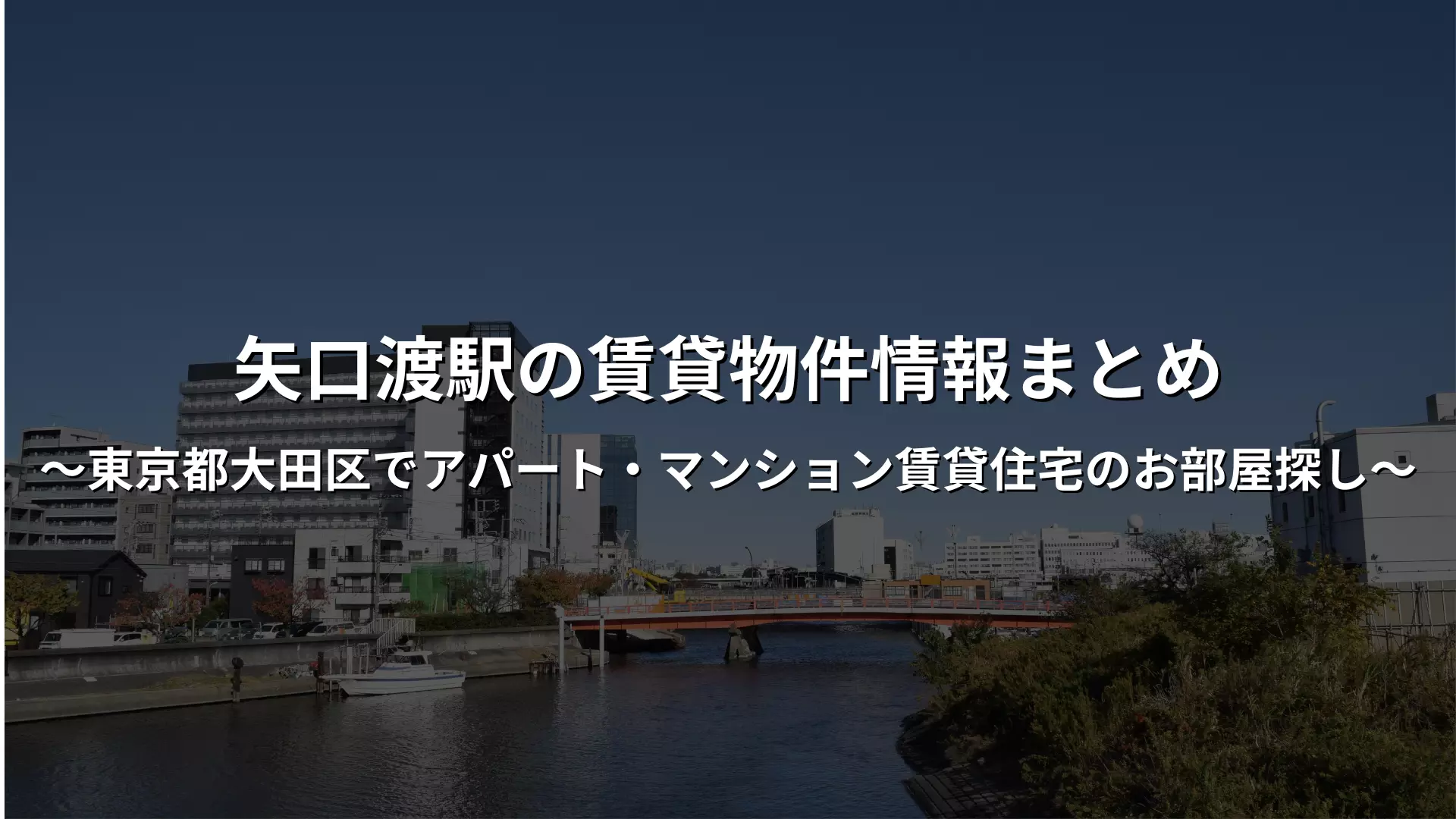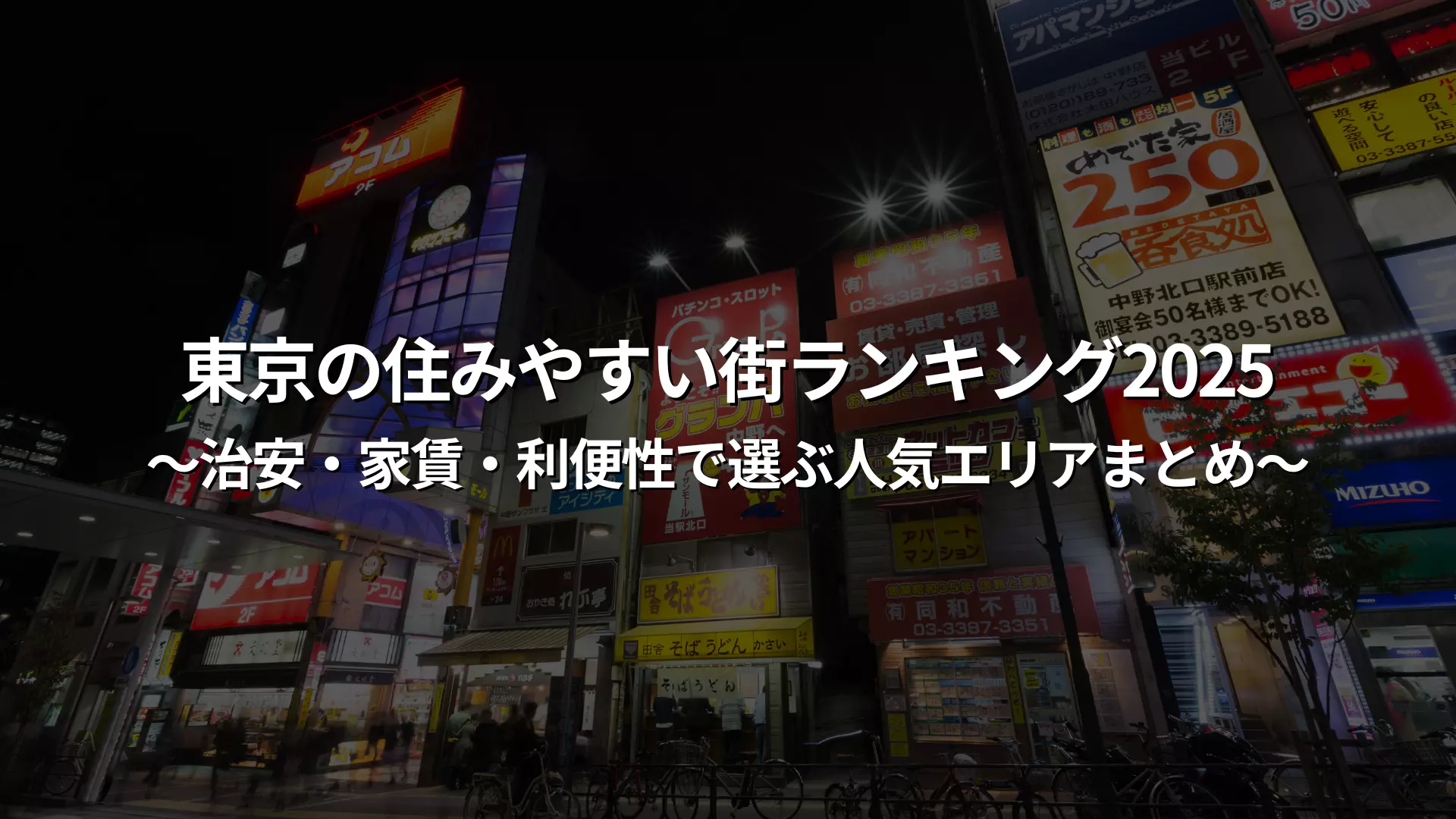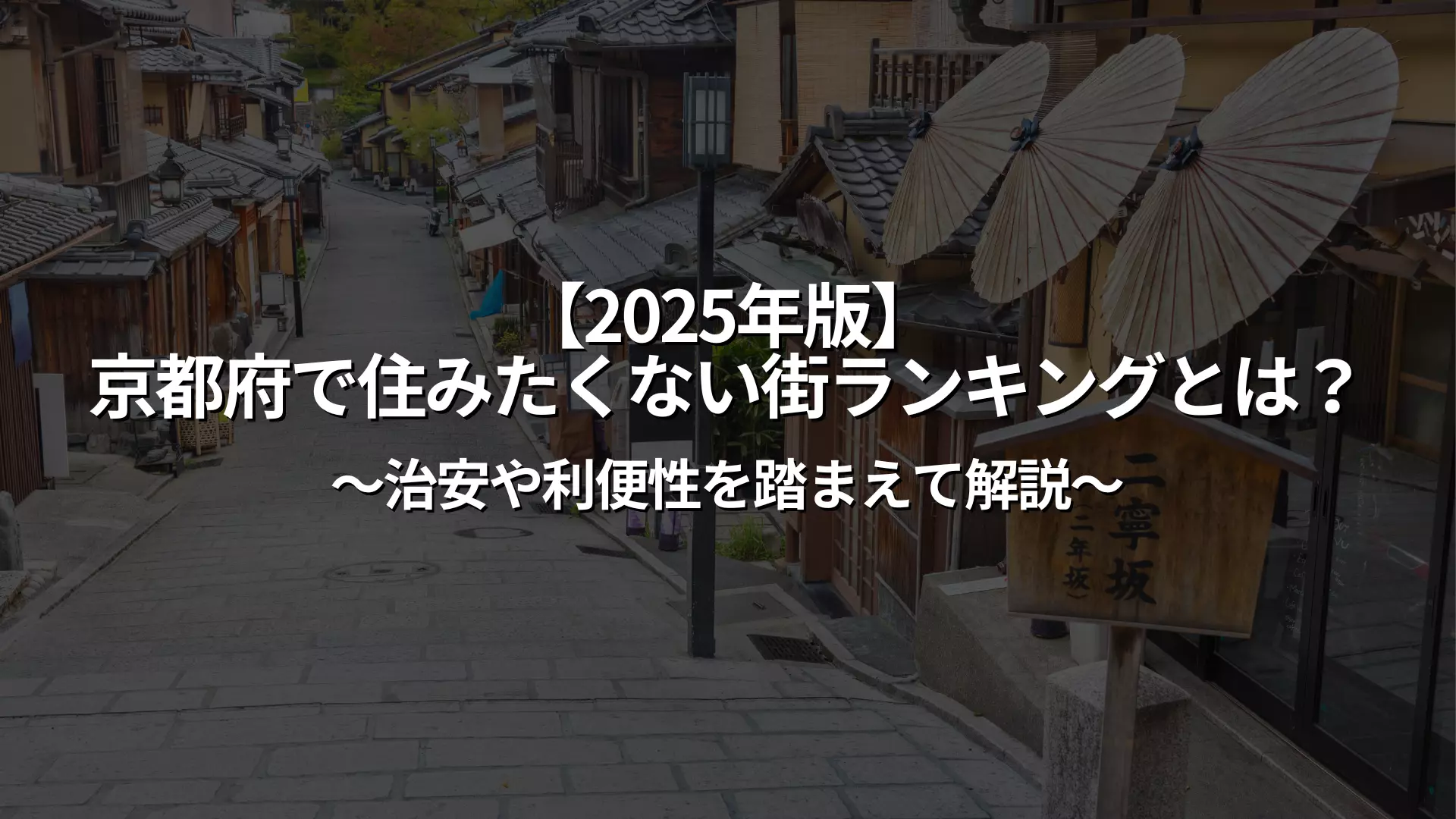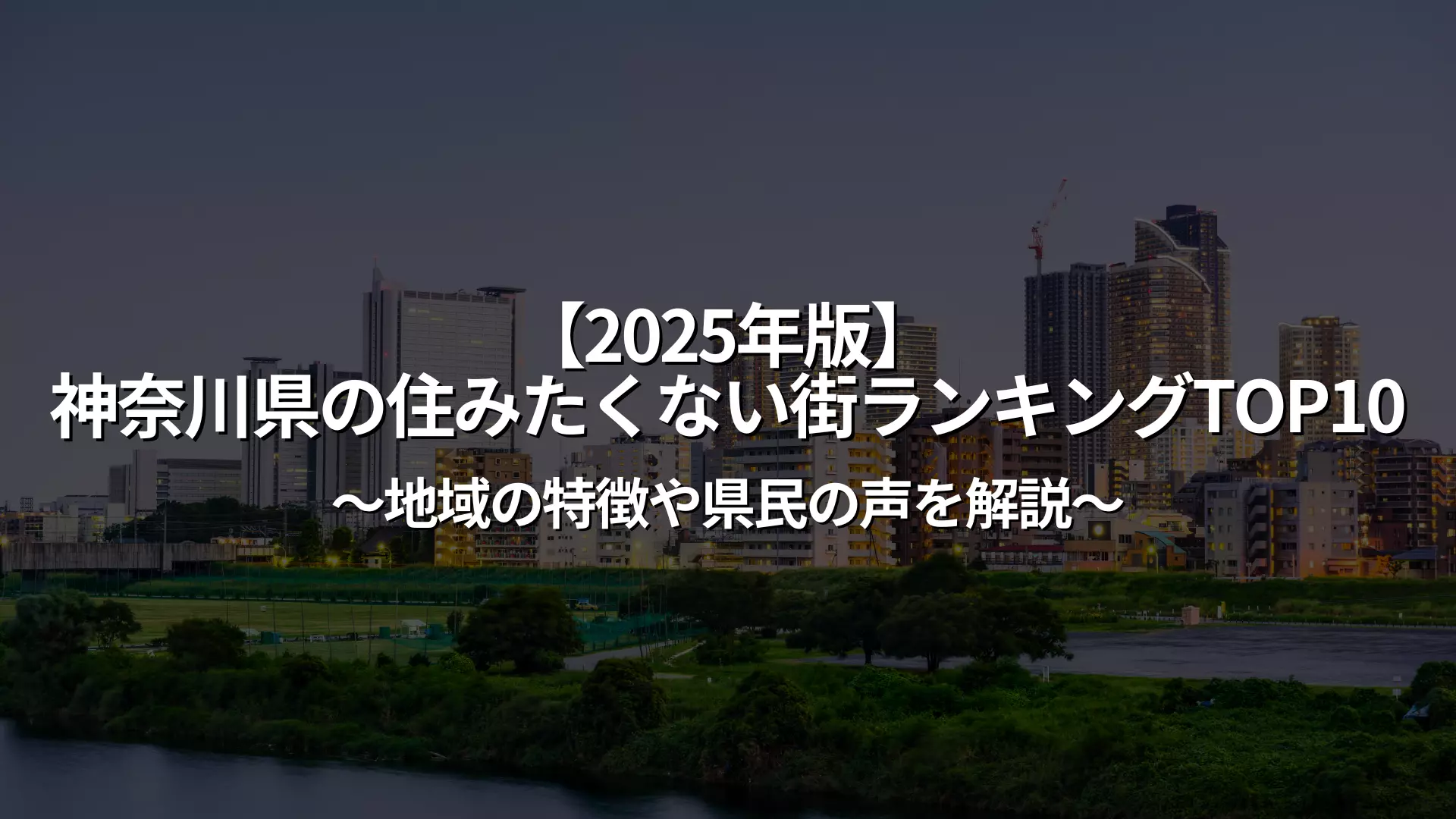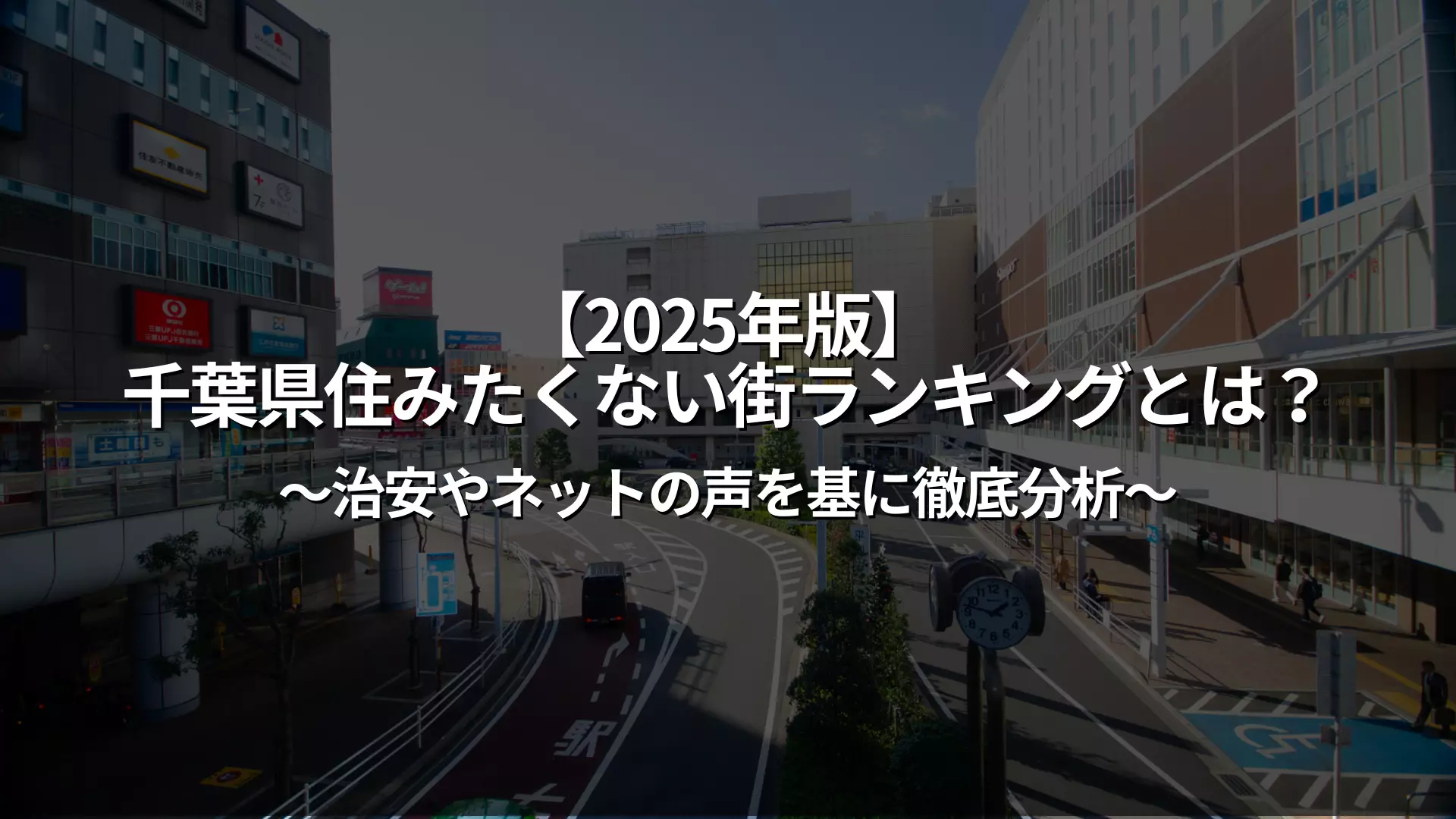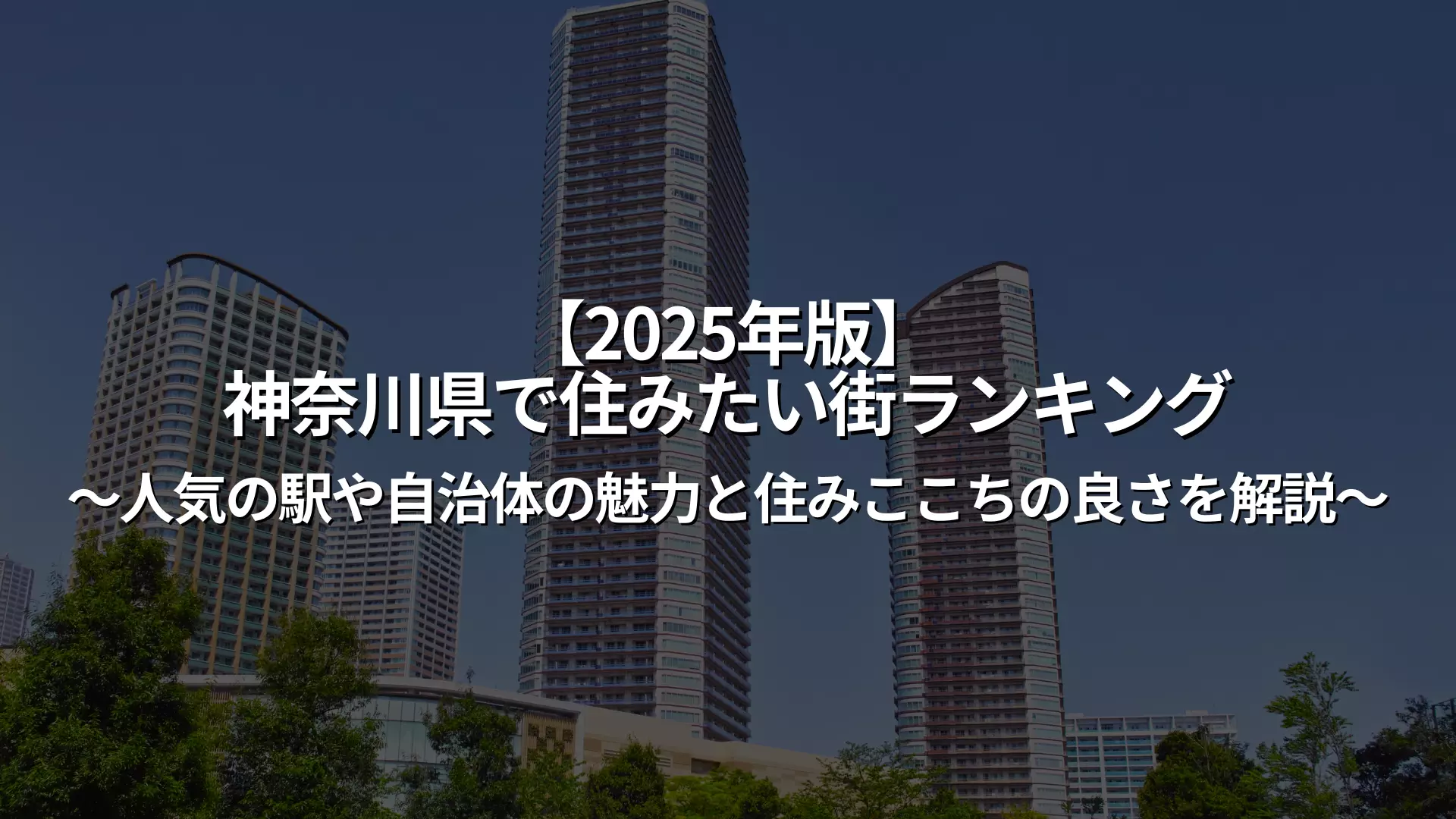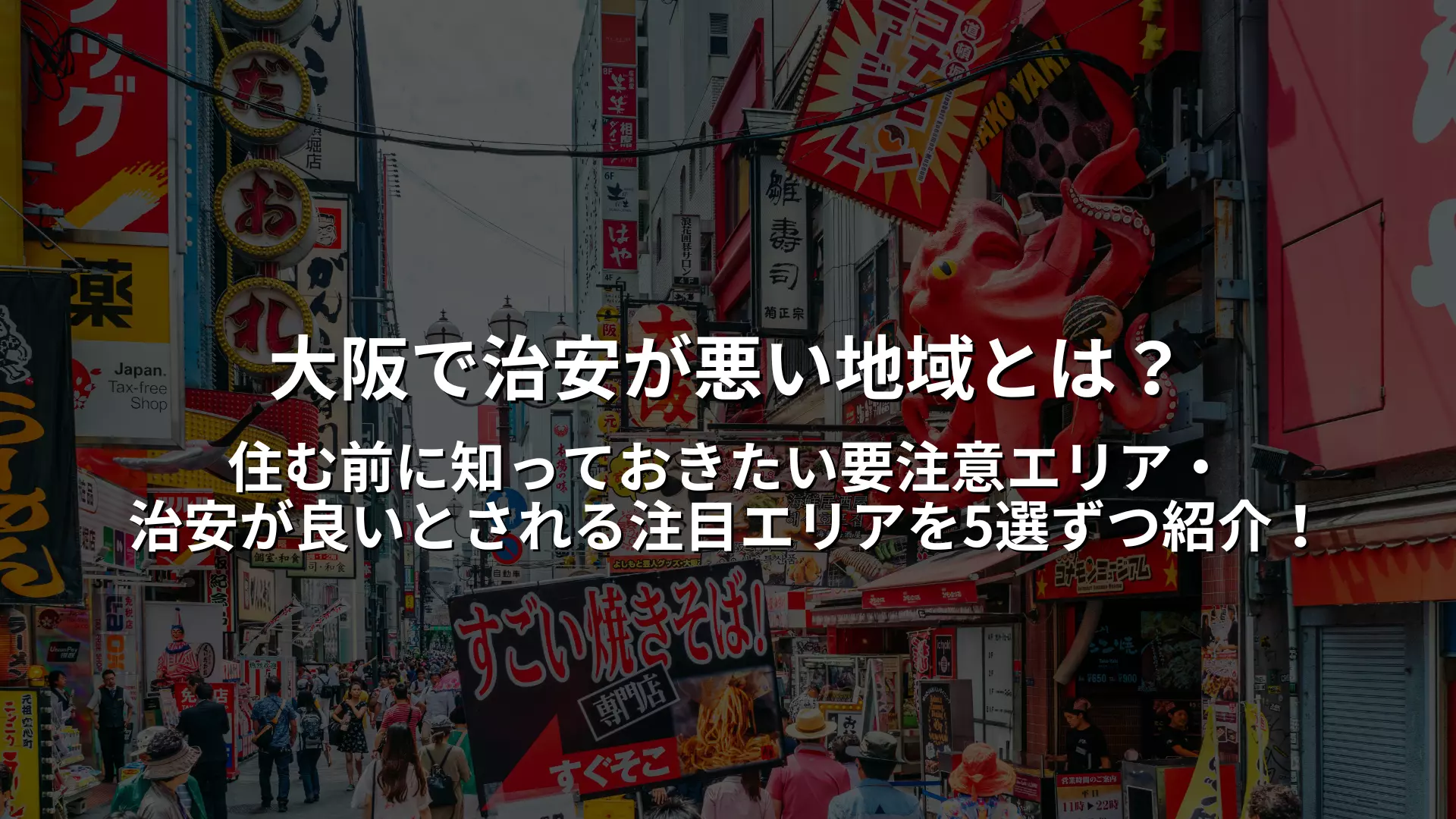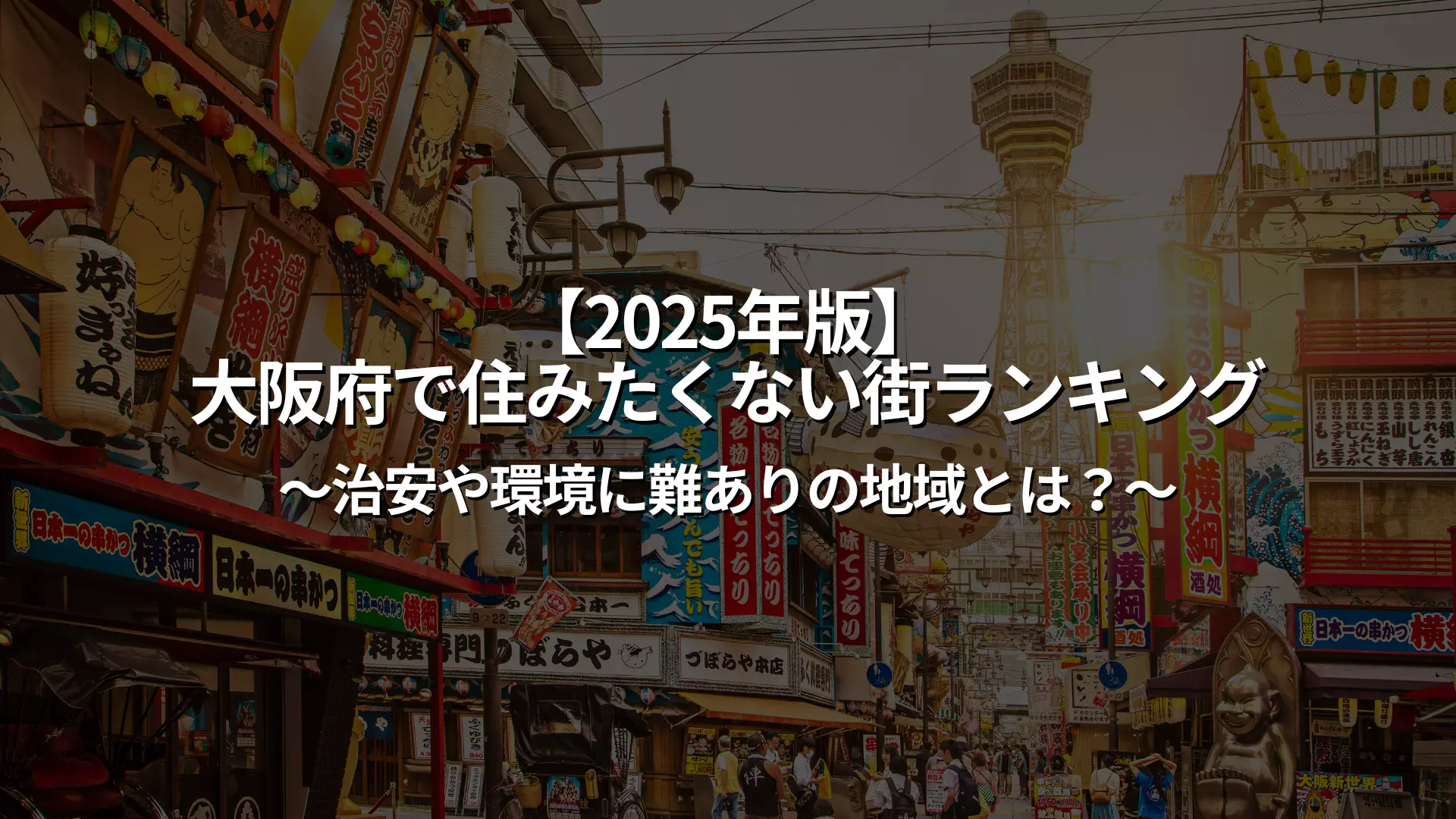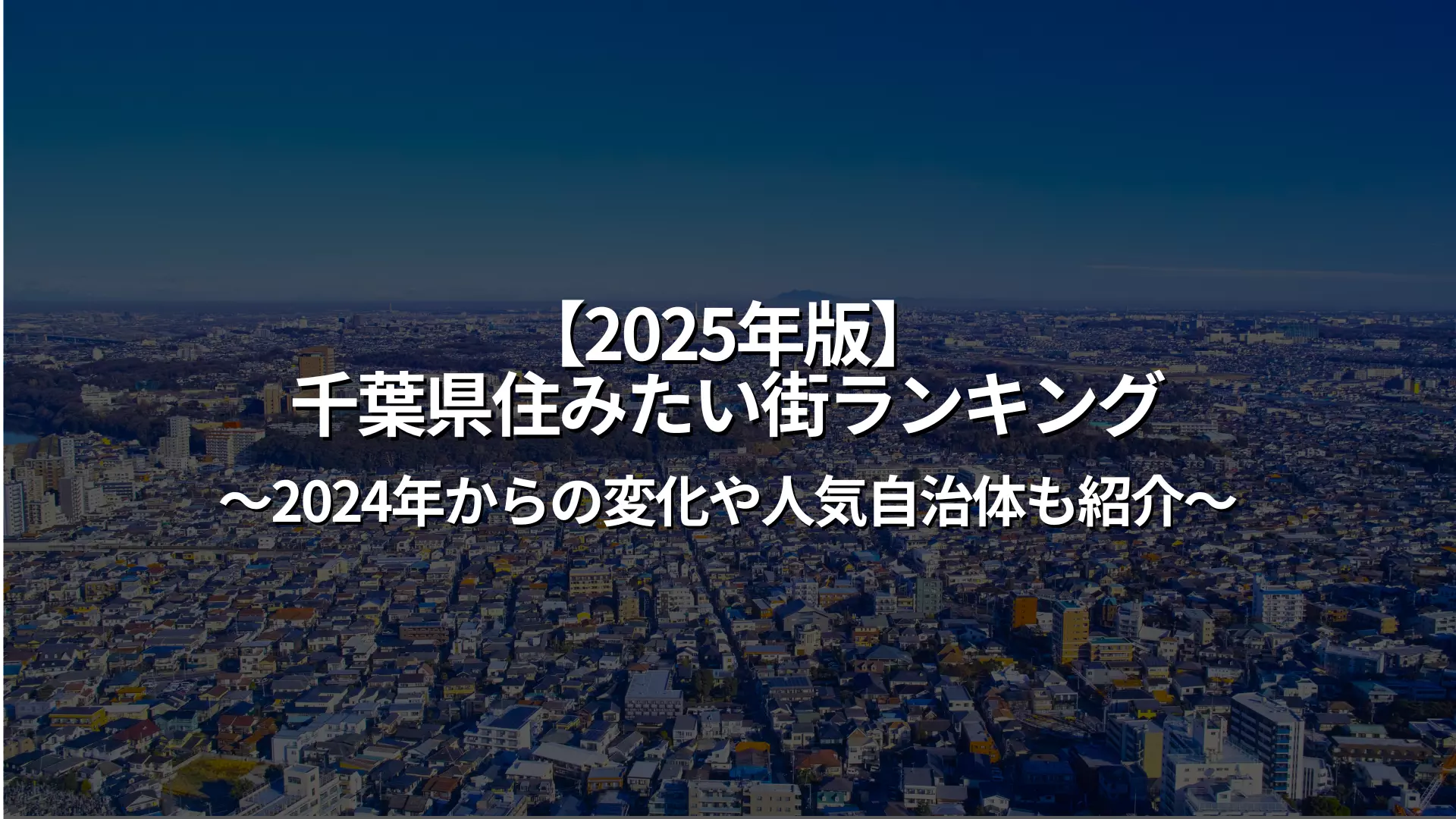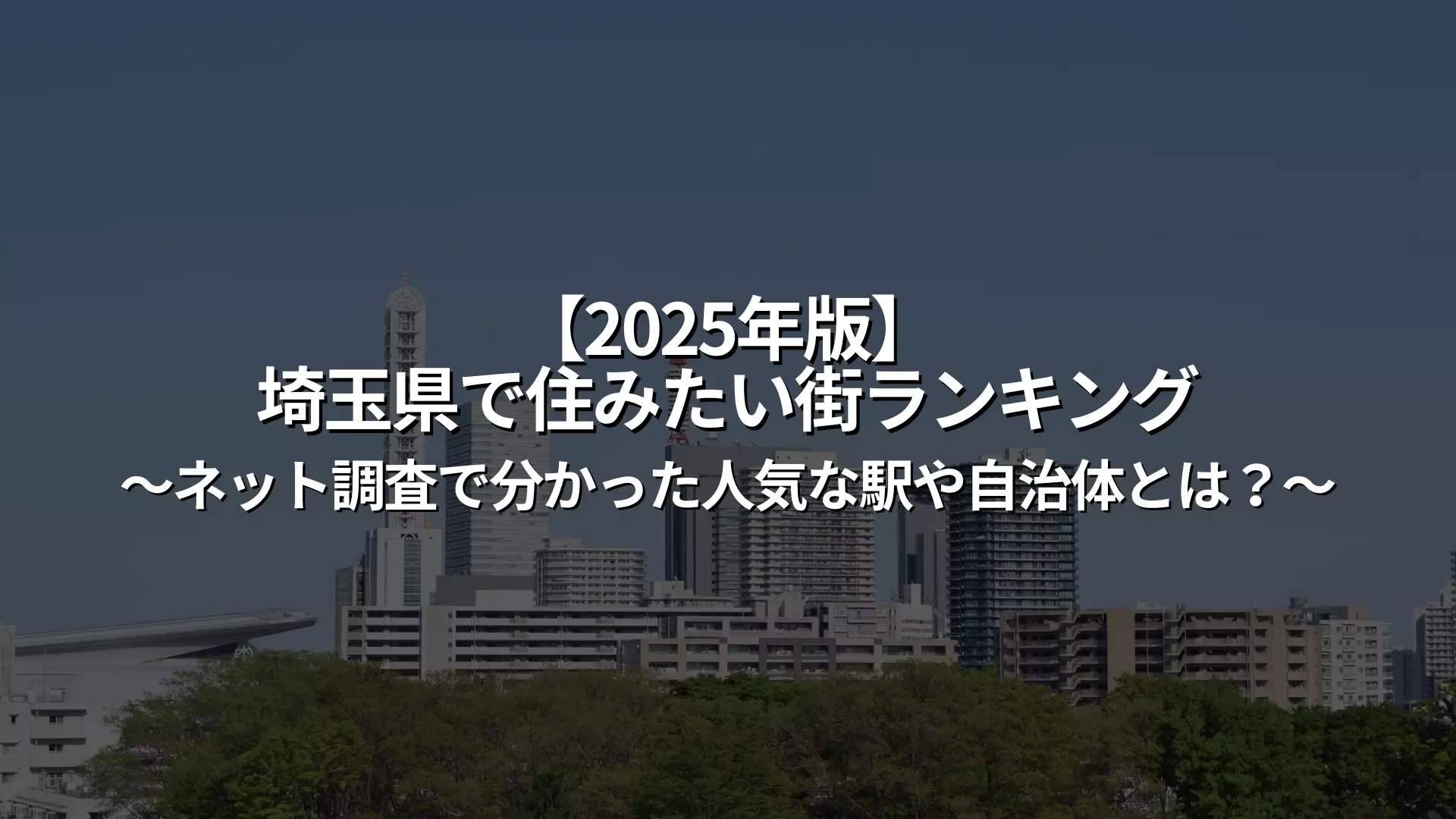What are the benefits of living in Osaka? Explaining why it's so easy to live there
The reason Osaka is gaining attention as a relocation destination is because of its convenience as a city and the "just right" feeling that can be felt in daily life. Let's take a look at the specific benefits, such as commuting and living costs, the government support system, and the comfortable cultural environment.
Less stressful commute | A city packed with urban functions
Osaka city has a well-developed transportation network, with the Osaka Metro, JR, and private railways all concentrated in one place. Travel between major areas is quick, reducing the stress of daily commuting. Compared to Tokyo, congestion is also lower, and on some lines you may be able to commute while sitting.
According to data from the Ministry of Internal Affairs and Communications in 2020, the average commute time in Osaka Prefecture is about 39 minutes. This is more than 10 minutes shorter than Tokyo's 52 minutes, and the increased free time is also a major attraction.
Living expenses are kept low | Comparison of rent, prices, and water bills
Compared to Tokyo, average rents in Osaka are lower, so it is easier to find a spacious room and a property in a good location for the same budget. Especially in the suburbs, properties for families are quite inexpensive.
In addition, water bills, eating out, and food prices at supermarkets are also relatively low. It is easy to keep daily expenses down, and many people report a high level of satisfaction with their lifestyle relative to their income.
[Cost comparison example]
- Average rent for a 1R apartment: 85,000 yen in Tokyo / 64,000 yen in Osaka
- Rent for 2LDK: Tokyo 135,000 yen / Osaka 103,000 yen
- Water bill: Tokyo average 4,000 yen / Osaka average 3,100 yen
Extensive support system: wide range of support from childcare, medical care, to housing
Osaka City and local governments within the prefecture offer a wide range of support for families with children.
For example, some cities offer medical expense subsidies to people up to junior high school age, and there are also measures in place to reduce childcare fees and provide childbirth support.
Additionally, some municipalities have subsidy programs for homebuyers and new residents, making it easy for families and single people to receive support.
A town where gourmet food and entertainment are an everyday part of life | The appeal of "Kuidare"
Osaka is known as the city of "eat and savour". Not only can you easily enjoy local delicacies such as okonomiyaki, takoyaki and kushikatsu, but the city's rich food culture is integrated into everyday life, with shopping streets and standing bars.
Furthermore, there are plenty of tourist and entertainment facilities such as USJ (Universal Studios Japan), Osaka Aquarium Kaiyukan, and Namba Grand Kagetsu, making the area an attractive place to enjoy a little something fun in your daily life.
Experience the temperament and culture of Osaka people | A friendly city that respects diversity
People tend to have the impression that people from Osaka are "easy to talk to and friendly," and this is in fact true. People are close to each other and have an atmosphere where you can talk casually even when meeting for the first time.
There is also a strong culture of accepting diversity, and many people feel comfortable living here even if they are not from the area. You may feel a bit confused at first, but once you get used to it, you may find the atmosphere comfortable.
A comprehensive guide to Osaka's transportation access | Convenient travel to the Kansai region and the rest of Japan
Osaka is known for its high level of convenience, and is said to be a city with a condensed urban function. We will introduce the transportation network that can be used for commuting to work or school, as well as for business trips and travel within the Kansai region and nationwide.
Access to Kansai International Airport and Itami Airport
From Osaka, there are several means of transportation to Kansai International Airport (KIX), including JR, Nankai Electric Railway Rapi:t, and limousine buses, with the average travel time being just under an hour. Itami Airport (ITM) can be accessed from central Osaka by monorail or limousine bus, making it convenient for both business and travel.
Traveling nationwide by Shinkansen and expressways
The Shinkansen bullet trains support travel to all parts of the country from JR Shin-Osaka Station, and it takes about two and a half hours to get to Tokyo. Day trips are possible, and travel outside the Kansai region is also very smooth. In addition, it is easily accessible by car, with major expressways such as the Meishin Expressway and the Hanshin Expressway in place.
Major stations and transportation network in Osaka city
Osaka city is crisscrossed by multiple railways, including JR, subways, and private railways, creating a commuter network that rivals that of the Tokyo metropolitan area. JR Osaka Station, Osaka Metro, Hankyu Railway, Hanshin Railway, and more are concentrated around Umeda (Osaka) Station, the city's main hub. The lines are interconnected, making it convenient for commuting to work or school.
- Umeda (Osaka) Station area: JR Osaka Station, Osaka Metro Midosuji Line and Tanimachi Line, Hankyu and Hanshin Electric Railways are concentrated here.
- Namba/Tennoji area: Accessible by Nankai Electric Railway, Kintetsu Railway, and subway, with good access to Kansai Airport
- Shin-Osaka Station (hub of the Shinkansen): Direct access to the Midosuji subway line, making commuting and travel easy
Search for a room
Only furnished properties with appliances are listed!
Osaka's Seasons, Climate, and Annual Events | The Charm of Living Throughout the Seasons
Osaka is blessed with a mild climate and seasonal events, adding color to life throughout the year. In this article, we will provide you with information to make your life more comfortable after moving to Osaka, including the characteristics of the city's climate, major seasonal events, and preparations for natural disasters.
Osaka's Climate Characteristics and Year-round Clothing Guide
Osaka has a "Seto Inland Sea type climate," which means it is relatively warm and has little rainfall. Winters tend to be dry, while summers tend to be humid and muggy. Spring and autumn are comfortable seasons, making it easy to adjust your clothing.
- Spring (March to May): The average temperature in March is about 8 to 11°C, and by May it's close to 20°C. Light coats and cardigans are useful, and from April onwards long-sleeved shirts and blouses are popular.
- Summer (June to August): The rainy season begins in late June, and humidity rises. The average temperature in July and August is high at 27 to 29°C, and there are many extremely hot days, so breathable short-sleeved clothing and moisture-wicking, quick-drying materials are recommended. It is also essential to take measures against heatstroke.
- Autumn (September to November): Summer clothing is fine in September as the heat of summer lingers, but from October onwards the temperature gradually drops and it's a good idea to carry a jacket in preparation for the chill in the mornings and evenings.
- Winter (December to February): Osaka's winter is slightly warmer than Tokyo's, with the lowest temperature being around 0 to 3°C. You will need a down jacket or thick coat, scarf, and gloves.
Seasonal event calendar (Cherry Blossom Festival, Tenjin Festival, Autumn leaves, etc.)
In Osaka, events that allow you to enjoy the four seasons are held throughout the year, providing an opportunity to deepen your interaction with local culture and people.
- Spring (March to April): The Osaka Mint Bureau, famous for its "Sakura Passage," is a popular cherry blossom viewing spot nationwide. Osaka Castle Park and Expo Commemoration Park are also famous cherry blossom viewing spots.
- Summer (July): Tenjin Festival (July 24th and 25th) is one of the three major festivals in Japan, and highlights include the boat procession and votive fireworks. Many people visit in yukata, which adds to the atmosphere.
- Autumn (October to November): You can enjoy viewing the autumn leaves at Expo Commemoration Park and Minoh Park, and some areas are lit up at night. Autumn taste events are also held in various places.
- Winter (December to February): There are plenty of events to enjoy even in the cold season, such as the "Osaka Hikari Renaissance" in Nakanoshima and the illuminations at Tennoji Zoo.
Disaster risks and countermeasures for typhoons, earthquakes, etc.
Osaka is considered to be an area that is relatively free of natural disasters, but it is essential to be prepared for earthquakes, typhoons, and other natural disasters.
- Typhoon risk: As the area faces Osaka Bay, winds and rain can become stronger. It is especially effective to prepare a disaster prevention bag and a portable radio in case of power outages or traffic disruptions caused by high tides or strong winds.
- Earthquake risk: The area is close to the expected epicenter of the Nankai Trough earthquake, so it is important to check the earthquake resistance of buildings and take measures to prevent furniture from falling over. Be sure to check the hazard maps and evacuation shelter information for each area in advance.
In Osaka City, you can receive real-time disaster prevention information through the "Osaka City Disaster Prevention App" and other means. Considering disaster risks is also an important point when considering where to move.
Choose from 5 recommended areas in Osaka based on your lifestyle!
Osaka has a diverse range of neighborhoods, making it easy for residents to choose a place to live that suits their lifestyle.
You can choose the best area based on the points you value, such as ease of commuting, convenient shopping, child-rearing environment, etc. Here we will introduce five representative areas that are popular as relocation destinations.
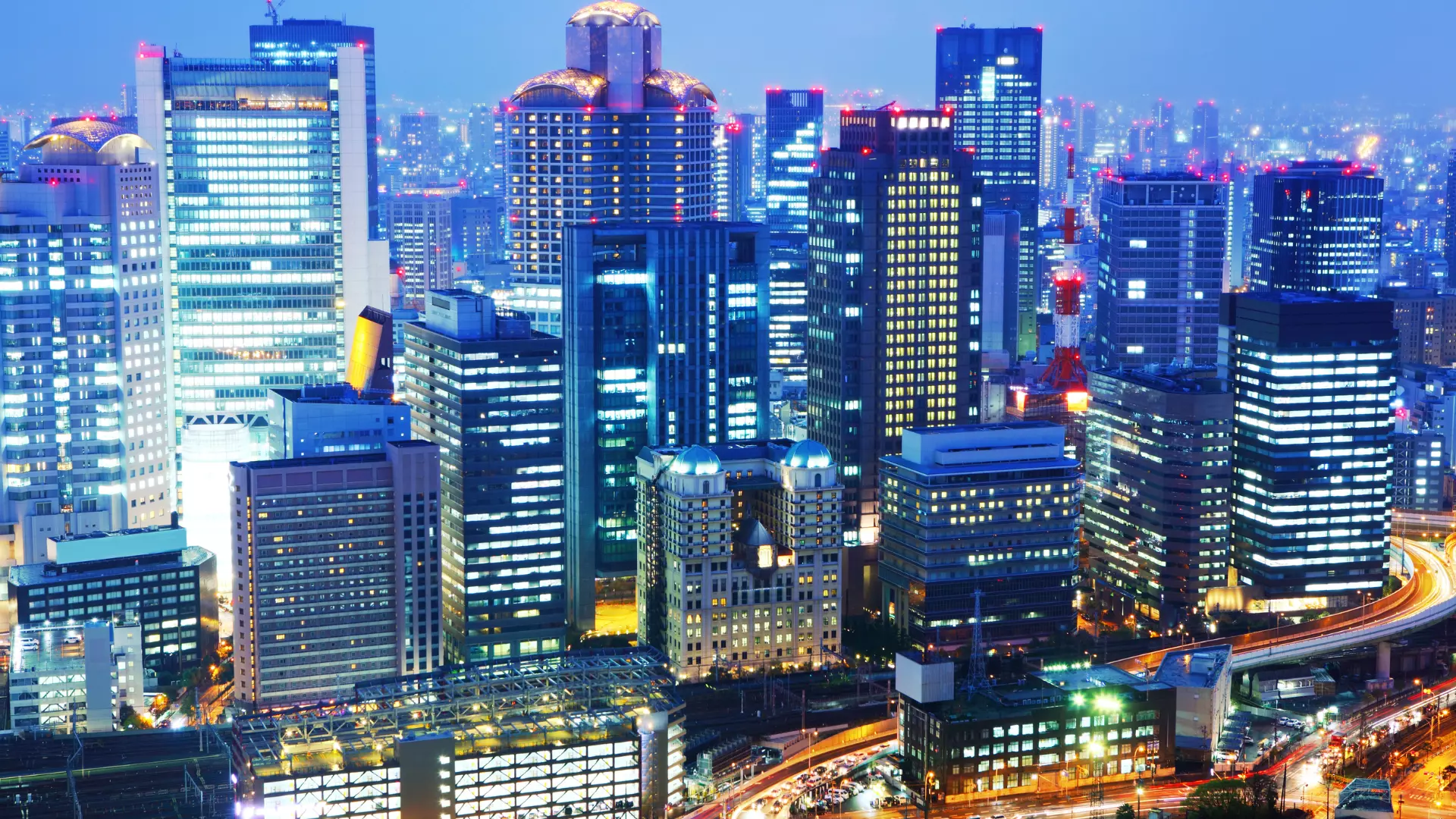
Umeda/Nakatsu area | Convenient for commuting, perfect for city dwellers
Umeda, the center of Osaka, is an area where business districts and commercial facilities are concentrated, so you will have no trouble shopping or eating out after work. The neighboring Nakatsu area is within walking distance of Umeda, but is also a peaceful residential area, making it popular with single people who want to live a quiet life.
It's ideal for a work-focused lifestyle as it significantly cuts down on commute times, and it's perfect for those who want to live an urban lifestyle, with plenty of supermarkets, cafes, and gyms.
【Features】
- Average rent: 1R approx. 80,000 yen ~
- Main lines: Osaka Metro Midosuji Line, Hankyu, JR lines
- Facilities: Grand Front Osaka, Hankyu Sanban-gai, LUCUA Osaka
Tennoji/Abeno area | A good balance between shopping and raising children
This area, centered around Tennoji, a terminal station served by JR, subways, and private railways, is a region where large commercial facilities and residential areas coexist in a balanced way, and there are many facilities that are fun for families.
The area around the station is undergoing redevelopment, and there are many elements in place to make living there safe and comfortable.
【Features】
- Average rent: 1LDK - from 75,000 yen
- Main lines: JR Osaka Loop Line, Kintetsu Minami Osaka Line, Midosuji Line
- Facilities: Abeno Harukas, Tennoji Park, Tennoji Zoo
Toyonaka/Suita area | A residential area with a good educational environment and nature
Toyonaka and Suita, located in the northern part of Osaka City, are popular commuter towns. There are many natural spots, making it perfect for families who want to raise their children in a relaxed environment. Suita City is particularly safe, making it a popular area for people who are transferred there for work.
It is a well-balanced commuter town and is suitable for people looking for a quiet and peaceful lifestyle.
【Features】
- Average rent: 2LDK - approx. 85,000 yen and up
- Main lines: Hankyu Takarazuka Line, Osaka Monorail, Kita-Osaka Express
- Facilities: Expo Memorial Park, Hattori Ryokuchi Park, public and private educational institutions
Sakai/Izumi area | Popular with cost-effective homebuyers
Sakai City and Izumi City, located in southern Osaka, are areas where rent and prices are relatively low. They are within commuting distance of the city center, about 30 to 40 minutes by train, but are suitable for people who want to prioritize housing costs.
There are large shopping malls and nature nearby, so it is easy to live in a place that relies on car transportation. It is recommended for families looking for a spacious home with a garden.
【Features】
- Average rent: 3LDK - approx. 70,000 yen and up
- Main lines: Nankai Main Line, Semboku Rapid Railway, JR Hanwa Line
- Facilities: LaLaport Izumi, Oizumi Ryokuchi, Sakaihama Entertainment Center
Hirakata/Takatsuki area | Access to the city center and ease of living
Hirakata and Takatsuki cities, located halfway between Osaka and Kyoto, are areas that offer a good balance between convenient commuting and a natural environment. Multiple lines, including JR and Keihan, are available, providing good access to both cities.
There are many commercial facilities in front of the station, and the residential area has a calm atmosphere. It is popular with dual-income families and people who want to move to the city center but still want a quiet life.
【Features】
- Average rent: 2LDK - from 78,000 yen
- Main lines: Keihan Main Line, JR Kyoto Line
- Facilities: Kuzuha Mall, Nitori Mall Hirakata, Takatsuki Castle Park
Search for a room
Only furnished properties with appliances are listed!
Things to know before moving to Osaka
While Osaka has many advantages in terms of its livability, there are also cases where some areas may not suit your lifestyle. There are many things you can do to prevent this if you know about them in advance, so please refer to this chapter when considering moving there.
Regional differences in noise, security, etc.
Osaka Prefecture has both bustling downtown areas and quiet residential areas. While areas in front of stations are convenient, there are many people passing by until late at night, and the noise can be a concern. In particular, the noise at night in and around downtown areas can be stressful.
In addition, public safety varies by area, so it is a good idea to check the number of past crimes and reviews of the area before choosing a property. For families with children or women living alone, it is recommended to prioritize areas with good crime prevention measures.
You may be confused by Osaka's unique culture
Osaka is known as a friendly city, but in some areas people can feel a little close to each other. At first, some people may feel that it's easy to talk to them, or that they're confused by the tsukkomi culture, but this is a unique feature of Osaka.
Also, people who are not used to the Osaka dialect may be surprised by the tempo and intonation of the conversation. However, in many cases, once you get used to it, it will feel more familiar, so there is no need to worry too much.
Job type and industry | Osaka's employment and career change situation
When living in Osaka, job options and working styles are very important points. In this chapter, we will introduce the state of Osaka's job market, hot industries, annual salary trends, comparisons with Tokyo, and other information that will be useful for career development after moving here.
The job market is brisk, especially in growth industries, led by IT, manufacturing, and medical fields
According to doda's job-changing job report for the first half of 2025, Osaka is seeing an increase in job openings in the fields of "IT/communications," "electrical/mechanical," "medical/nursing care," "construction," and "finance." With the promotion of DX (digital transformation), there is a growing need for engineers and web-related jobs, and in the manufacturing industry, new job openings in fields such as automobiles and electronic parts have increased significantly compared to the previous year.
In addition, the construction and real estate industries have been revitalized by the World Expo and the development of urban infrastructure, and there are many job openings for sales positions and construction management positions. Furthermore, with the declining birthrate and aging population as a backdrop, there are always stable job openings in the medical and nursing care industries, making it easy for people with no experience to take on the challenge.
Osaka's job availability ratio and trends by occupation
As of March 2025, Osaka Prefecture's job availability ratio is 1.04, slightly lower than the national average (1.25), but remains at a stable level. In particular, there is a continuing labor shortage in skilled occupations such as "security and safety" (5.64) and "construction, civil engineering, and electrical work" (5.48), making it a favorable market for job seekers.
On the other hand, the competition is low for popular positions such as clerical work and sales administration, so you will need to differentiate yourself based on your experience and skills. The number of job openings and the difficulty of applying vary greatly depending on the position, so it is also important to understand the trends in the industry you are interested in.
Average annual salary and career possibilities | Many major companies have offices here
According to a survey by the Ministry of Health, Labor and Welfare, the average annual income in Osaka Prefecture is about 5.56 million yen, the third highest in the country after Tokyo and Kanagawa Prefecture. By industry, there are the following trends.
- IT engineer: Average salary of 5 million yen or more
- Consultant: Average 6.58 million yen
- Finance/insurance: Average 5.43 million yen
Additionally, major companies such as Keyence (average annual salary of over 20 million yen), Itochu Corporation, and Panasonic have their headquarters or bases in Osaka, making it an advantageous region for those looking to advance their careers.
The spread of remote work: Hybrid models are becoming mainstream
The national average rate of telework adoption is about 63%, and in Osaka Prefecture the percentage of companies that have introduced the system is relatively low at about 21%. However, in reality, many companies are adopting a hybrid model of "remote work a few days a week + coming into the office."
Prefectural and city halls are also promoting flexible working styles, and we will likely be able to choose from an increasingly diverse range of working styles in the future. In particular, the number of job offers that assume remote work is on the rise in IT and planning-related positions.
What is the difference from Tokyo? | Emphasis on workability over competition
Although there are many job openings in Tokyo, the competition is also high, and the ratio of applicants to positions for popular occupations remains high. On the other hand, Osaka continues to be a seller's market for some occupations, making it an easy environment for people with experience or specialized skills to change jobs.
Another big attraction of Osaka is that the cost of living is low and it is easy to balance work and private life. It is a realistic option for those who want to advance their careers while also prioritizing financial and lifestyle flexibility.
Search for a room
Only furnished properties with appliances are listed!
Key points for a successful migration
If you are thinking positively about moving to Osaka, it is very important to do your research and preparation beforehand. If you move without sufficient preparation, you may regret it and find that it is not what you expected. If you keep the following points in mind, life after moving will be smoother.
Tips for on-site inspection and area selection
You can't really understand the actual atmosphere or comfort of living in an area just from information on the internet. It's recommended that you visit the area you're considering moving to both during the day and in the evening/night. It's easier to get an idea of what it's like if you check out the route from the station to your home, the atmosphere of supermarkets and parks, and other aspects of daily life.
If possible, it may be effective to try living in a weekly apartment or shared house for a short period of time.
Research into government services and school information is essential
For families with children, the educational environment and support systems are important. Depending on the municipality, the upper age limit for childcare fee reductions and medical expense subsidies varies, so be sure to check the latest information by inquiring on the official website of each municipality or by phone.
In addition, you should not overlook the school districts and reputations of elementary and junior high schools, as well as the safety of the route to school. When choosing a house, it is a good idea to also consider the distance to the school and the ease of moving in.
Relocation Preparation Checklist
- Visit the desired area for a preview (day and night)
- You can check the actual atmosphere and sounds of daily life
- Check the average rent and commute route
- Choose a comfortable living environment that suits your lifestyle
- Check your local government's childcare and medical support
- Since the system differs depending on the city or town, it is important to check in advance
- Find the locations of nearby supermarkets, hospitals, and parks
- Find out whether facilities essential for daily life are available
- Check the safety of school districts and routes to school
- Essential checks for families with children
- Consider temporary housing (weekly, shared house, etc.) Trying it out will help you determine whether it suits you or not.
Considering the option of a shared house
For those who want to live in Osaka for a short period of time or who want to get a feel for the local atmosphere before deciding on a place to live, a shared house is a valid option.
Not only can you keep the rent low, but you can also get information about the local area through interactions with other tenants. It is especially popular as a temporary residence for people moving alone or after changing jobs, and there are many properties available for viewing and trial stays.
Summary | Osaka, a city where you can live the way that suits you
Osaka is a city with its own unique charms, not only in terms of ease of commuting and living costs, but also in terms of child-rearing support, food culture, and the sense of distance between people in the local community. However, you may be confused by differences in public safety and culture, so it is important to gather information in advance and choose an area that suits you.
In this article, we've introduced the benefits and things to be aware of when living in Osaka, as well as recommended areas and tips for preparing for the move.
I hope this will provide some reassurance and help in making decisions for those who are seriously considering living in Osaka.

